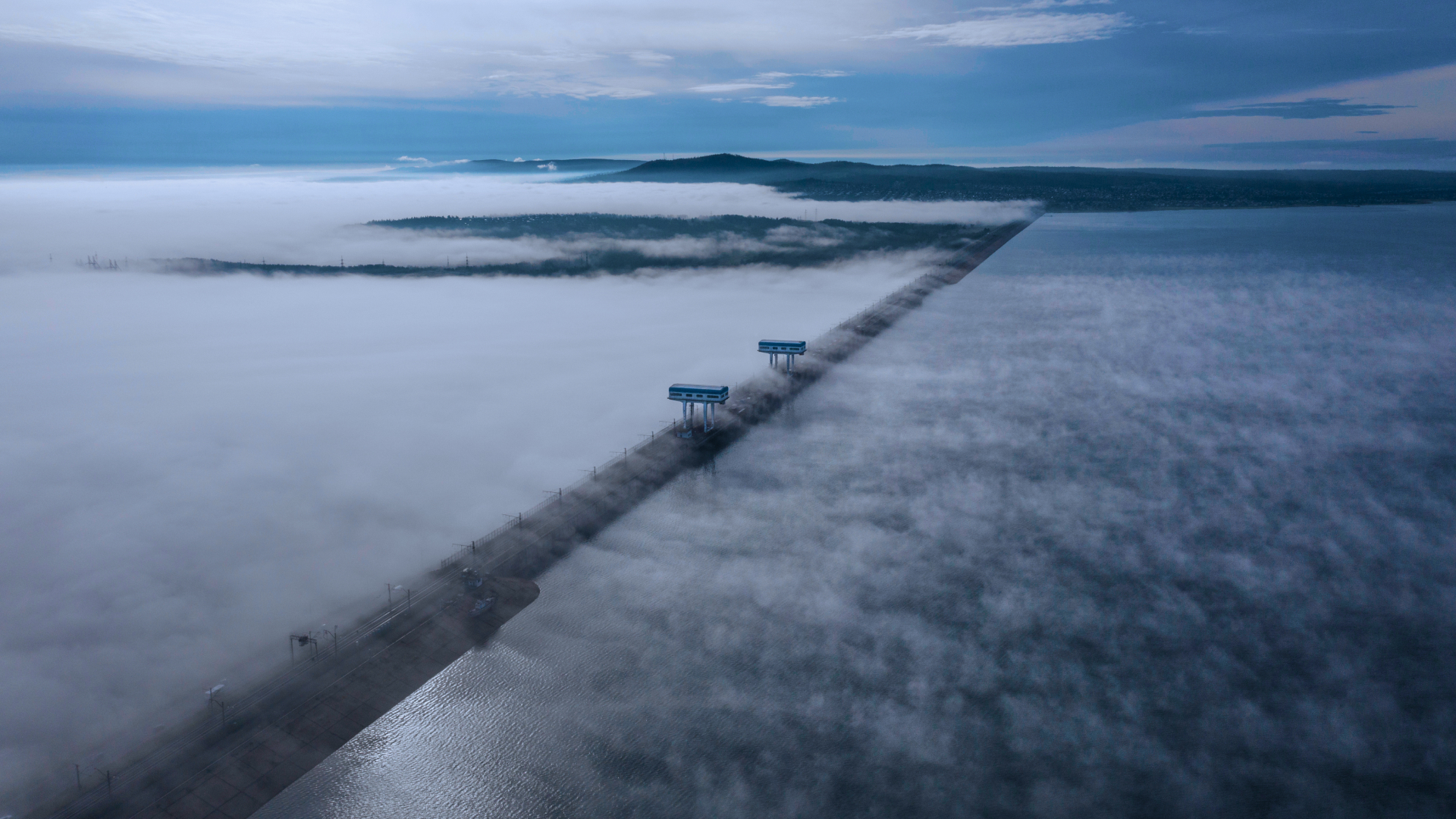Company

One of the oldest power sources
How hydroelectric power plants work
Fast-flowing water is captured
To generate energy from fast-flowing water, it must be captured. The most popular methods of achieving this are dams (power is produced through the release of stored water), “run-of-the-river” (through a constant flow of running water) and pumped storage (pumps are used to move stored water between reservoirs at different elevations).
Advantages
of hydropower generation
CO2 free generation. Hydropower plants do not emit CO2 in the atmosphere and help reduce greenhouse emissions
Low and stable cost base. The main resource of hydropower is rainwater which, unlike fossil fuels can be reused
Flexibility. A hydropower plant can provide an instant response to changes in demand allowing increased output in a short time frame to support peak loads
Long life cycle. Hydropower plants have a life span of over 100 years
Back-up. Constant, permanently available power source, guaranteeing reliable supply, supporting intermittent renewable generation
Hydropower plants
have a life span of over 100 years

The largest renewable
Russia has the second largest potential in the world for economically efficient hydropower generation. This is namely due to Russian rivers, which are recoverable energy sources that in total are able to provide more than 800 billion kWh of low-carbon electricity per annum.
